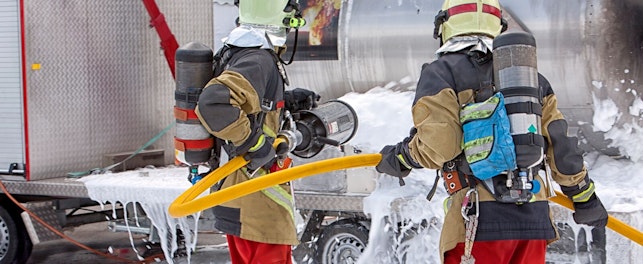SG 155/25
Japan is planning to regulate three persistent organic pollutants (POP) as Class I Specified Chemical Substances.
In May 2025, the twelfth meeting of the Conference of the Parties to the Stockholm Convention (SC COP-12) added chlorpyrifos (SC-12/9), medium-chain chlorinated paraffins (MCCPs, SC-12/10) and long-chain perfluorocarboxylic acids (LC-PFCAs), their salts and LC-PFCA-related compounds (SC-12/12) to Annex A (elimination) of the Stockholm Convention on persistent organic pollutants (POPs), with specific exemptions.
According to the Convention:
- ‘MCCPs’ refers to substances or mixtures that contain linear chloroalkanes with C14-17 chain lengths and chlorination levels of at least 45% chlorine, and/or substances that contain linear C14-17 chloroalkanes with the following formulae:
- C14H(30-y)Cly, where y ≥ 5
- C15H(32-y)Cly, where y ≥ 5
- C16H(34-y)Cly, where y ≥ 6
- C17H(36-y)Cly, where y ≥ 6
- ‘LC-PFCAs and their salts’ refers to a homologous series of substances with the molecular formula of CnF2n+1COOH (where 8 ≤ n ≤ 20)
- ‘LC-PFCA-related compounds’ means any precursor substance that may transform to LC-PFCAs, where the perfluorinated alkyl moiety has the molecular formula CnF2n+1 (where 8 ≤ n ≤ 20) and is directly bonded to any chemical moiety other than a fluorine, chlorine or bromine atom
- Perfluorooctanoic acid (PFOA), its salts and PFOA-related compounds are not considered as LC-PFCAs, their salts or LC-PFCA-related compounds
On October 3, 2025, Japan’s Ministry of Health, Labor and Welfare (MHLW) and other competent authorities announced a one-month consultation period for the proposed measures to regulate chlorpyrifos, MCCPs and LC-PFCAs, their salts and LC-PFCA-related compounds.
Key provisions in the proposal include:
- Designating chlorpyrifos, MCCPs and LC-PFCAs, their salts and LC-PFCA-related compounds as Class I Specified Chemical Substances under the nation’s Law Concerning the Evaluation of Chemical Substances and Regulation of their Manufacture, etc. (Law No. 117 of 1973, also known as the Chemical Substances Control Law (CSCL)).
- Prohibiting the manufacture and import of these substances, and specified products containing these substances, from 2026 (see Table 1 below)
- Banning the use of these substances without an approved use (essential use)
- Establishing technical standards for handling specified products that use LC-PFCAs
Highlights of the import ban on specified products containing these POP chemicals in the proposal are summarized in Table 1.
| Substance | Products prohibited from import |
|---|---|
| Chlorpyrifos |
|
| MCCPs |
|
| LC-PFCAs, their salts and LC-PFCA-related compounds |
|
Table 1
Comments will be accepted until November 2, 2025.
We are committed to providing information about regulatory developments for consumer products as a complimentary service. Through our global network of experts and laboratories, we provide a wide range of services including physical/mechanical testing, analytical testing and consultancy work for technical and non-technical parameters applicable to a comprehensive range of consumer products. Contact us to learn more, or visit our website. In the end, it’s only trusted because it’s tested.
© SGS Société Générale de Surveillance SA. This publication or website is a property of SGS Société Générale de Surveillance SA. All contents including website designs, text, and graphics contained herein are owned by or licensed to SGS Société Générale de Surveillance SA. The information provided is for technical and general information purposes only and offers no legal advice. The information is no substitute for professional legal advice to ensure compliance with the applicable laws and regulations. All information is provided in good faith “as is”, and SGS Société Générale de Surveillance SA makes no representation or warranty of any kind, express or implied, and does not warrant that the information will be error-free or meet any particular criteria of performance or quality.
16th Floor, Block A, No.73 Fucheng Road, Century Yuhui Mansion,
Beijing, Haidian District,
China




